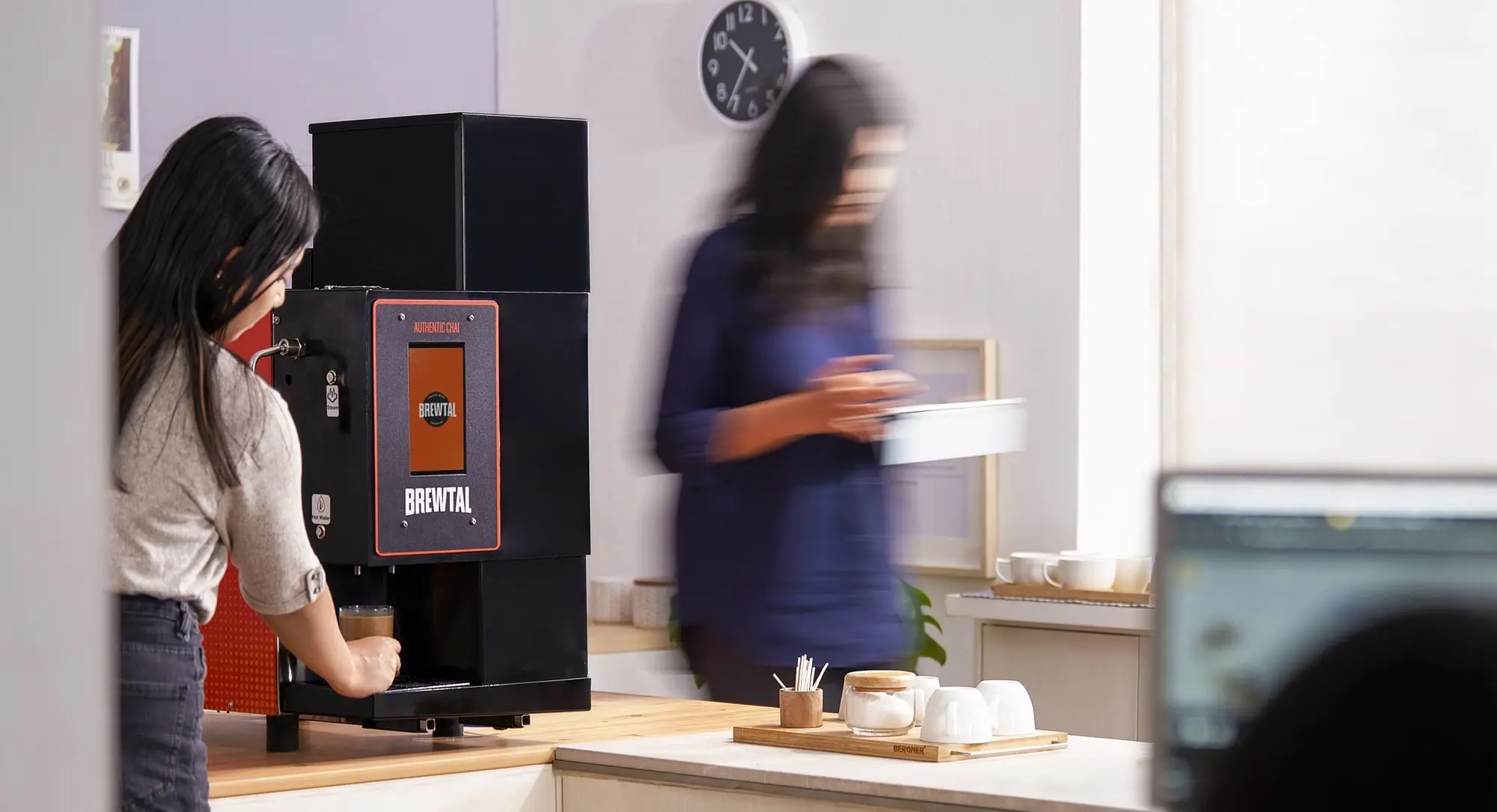The size of your TV is one of the most vital considerations when purchasing a new unit. However, there are several things that one should consider while deciding on which size of TV is perfect for their room. Such factors include, among others, the size of the room, a place to position your TV, distance of viewing, and even budget. This is a guide to help you select a suitable TV size for your space.
Ways to choose the ideal screen size
1. Size of the room
Firstly, it is important to check how large the room is. The need to use a smaller TV will work in the case of a small room or apartment. A big TV will seem too out of place in a small area. Finding a TV between 32-inches and 43-inches should be sufficient if you only have a small room or a studio apartment. A typical medium room may even take a 50-inch TV. 55-inch TVs and larger sizes are appropriate for larger living rooms and family rooms.
2. Viewing distance
How far away you sit from the TV also determines what size to get. The most important factor in choosing a TV size is your viewing distance from the screen. Most TV manufacturers provide guidelines on optimal viewing distances based on screen sizes. As a general rule:
- For 32-40 inch TVs, the ideal viewing distance is 3-6 feet.
- For 42-48 inch TVs, the ideal viewing distance is 5-8 feet.
- For 50-60 inch TVs, the ideal viewing distance is 7-10 feet.
- For 65-75 inch TVs, the ideal viewing distance is 9-13 feet.
- For 80+ inch TVs, the ideal viewing distance is 11+ feet.
Remember that sitting too close to a large TV can cause eye strain. Sitting too far away from a smaller TV may also be counter-productive, as the picture may appear too small. Use a tape measure to determine the typical seating position in your setup and check it against the recommended viewing distances.
3. Screen placement
Think about where in the room your TV will go. Will you use a wall-mount or a TV-stand? Wall mounting gives you more flexibility for pushing the TV back to allow for ideal viewing distances. Also, consider things like windows or lamps that may impact the placement and viewing experience.
4. Picture quality
Larger screen sizes will show more pixelation and flaws in picture quality. So, if you plan to get a very large TV, like 70 inches or more, go for a top-quality, high-resolution model. Smaller, inexpensive TVs can get away with lower resolutions. Currently, LED TV and smart TV are the ones to buy for picture quality and for media consumption.
The type of content you primarily watch should also factor into your size decision. Movies, sports and gaming benefit greatly from bigger screens as they create the most immersive experience. However, smaller may suffice for casual viewing experience. Also, consider how the TV will be used – as a secondary TV in the bedroom likely requires less screen real estate than the primary family room TV.
5. Budget
Unfortunately, screen size does directly correlate to cost. As screen sizes increase, so do prices. While a 32-43 inch TV can be found for ₹12,000-20,000, a 65-75 inch model will set you back by ₹80,000-2,00,000 or more depending on features and brand. Considering your budget upfront can help narrow your size search. Compare current pricing online to get an idea of what sizes fit within your budget. Sales and discounts around major shopping holidays provide opportunities to save on larger screens.
With careful measuring, budgeting and sample viewing at different sizes, you can determine the screen option that provides the best immersive experience without crowding your space. Choosing the right TV size upfront maximises both your viewing experience and investment in your home entertainment system for many years ahead. Start comparing sizes and place your order for the ideal fit.






